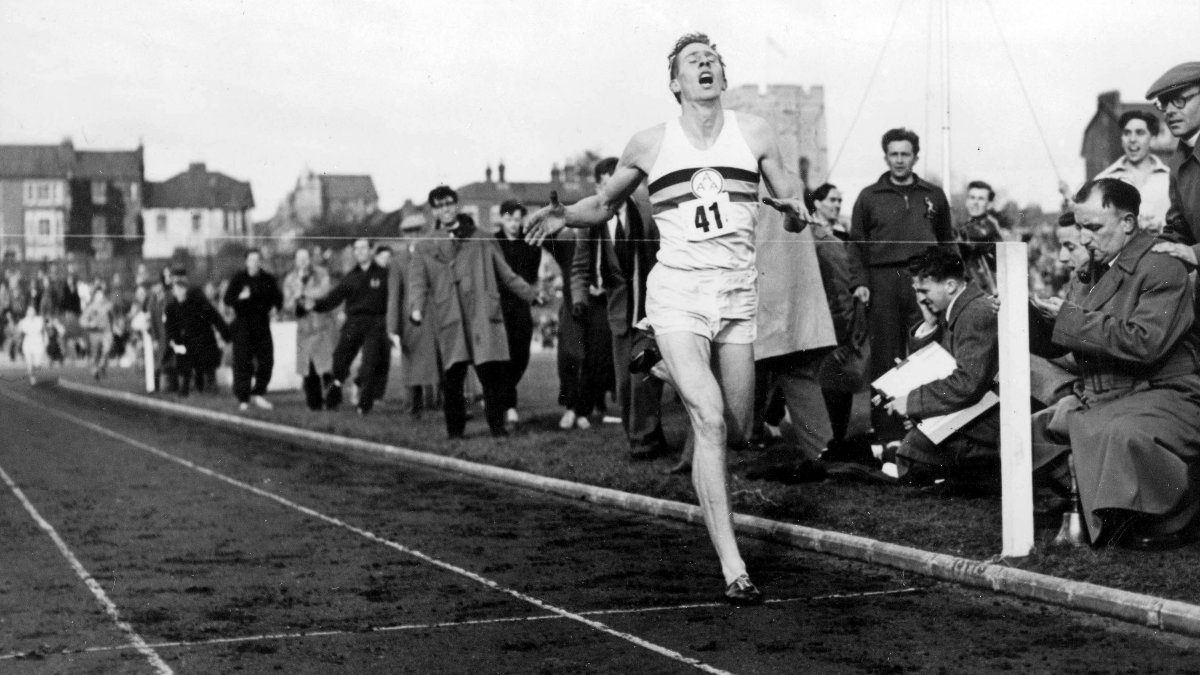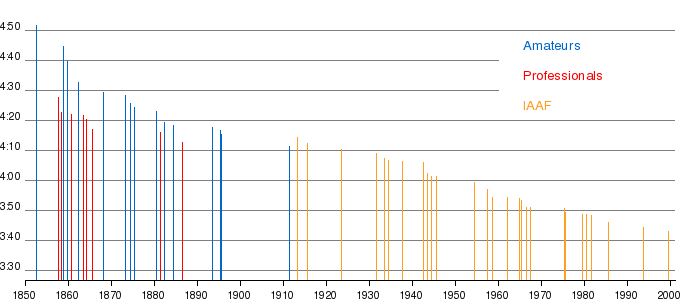
A pair of runners recently broke the famed 4-minute mile barrier in Colorado. Olli Hoare and Joe Klecker ran 3:56.8 and 3:48.4 respectively during an intrasquad certified time trial on August 3, 2020. They are the first two people to ever break the 4-minute mile barrier in the state. Due to the state’s altitude runners tend to be significantly slower when racing in Colorado.

Englishman Roger Bannister became the first person to break the four-minute mark in 1954 with a time of 3:59.4. Since then, there have been over 1,400 male athletes that have achieved the sub-4-minute mile. Hicham El Guerrouj currently holds the record for the fastest mile time at a blistering 3:43.13. He has held that record since July 7, 1999. While no woman has broken the barrier yet, Sifan Hassan set a new fastest mile time for women on July 12, 2019. Her mile time clocked in at 4:12.33.
The majority of sub-4-minute miles are run at or near sea level. Runners that attempt the feat need every last bit of oxygen they can pull from the air. The farther from sea level the thinner the air, which means you breathe in less oxygen per breath. Therefore, runners at any significant altitude have an inherent disadvantage. The milestone had been achieved by only seven people in three high altitude locations before Hoare and Klecker joined the club. Boulder, CO (5,360) now joins Provo, UT (4549ft), Bozeman, MT (4800ft), and Albuquerque, NM (5000ft) as one of those locations.
